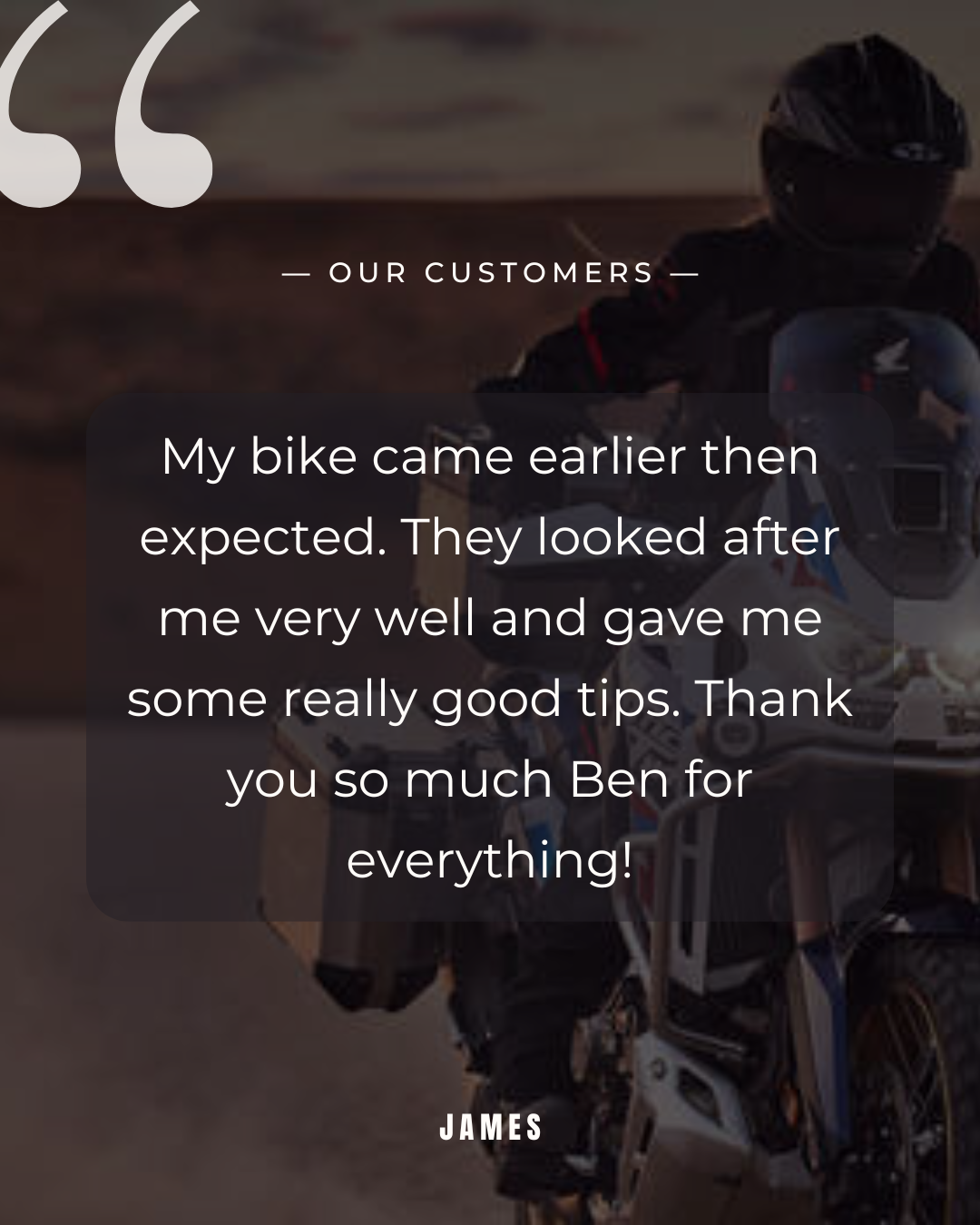
Clean your motorcycle regularly to protect the surface finishes and inspect for damage, wear, and oil or brake fluid leakage.
Avoid cleaning products that are not specifically designed for motorcycle or automobile surfaces. They may contain harsh detergents or chemical solvents that could damage the metal, paint, and plastic on your motorcycle. If your motorcycle is still warm from recent operation, give the engine and exhaust system time to cool off. We recommend avoiding the use of high pressure water spray (typical in coin operated car washes).
High pressure water (or air) can damage certain parts of the motorcycle.
Washing the motorcycle
- Rinse your motorcycle thoroughly with cool water to remove loose dirt.
- Clean the motorcycle with a sponge or soft cloth using cool water. Avoid directing water at muffler outlets and electrical parts.
- Clean the plastic parts using a cloth or sponge dampened with a solution of mild detergent and water. Rub the soiled area, gently rinsing it frequently with fresh water. Take care to keep brake fluid or chemical solvents off the motorcycle. They will damage the plastic and painted surfaces. The inside of the headlight lens may be clouded immediately after washing the motorcycle. Moisture condensation inside the headlight lens will disappear gradually by lighting the headlight in high beam. Run the engine while keeping the headlight on.
- After cleaning rinse the motorcycle thoroughly with plenty of clean water. Strong detergent residue can corrode alloy parts.
- Dry the motorcycle, start the engine, and let it run for several minutes.
- Test the brakes before riding the motorcycle. Several applications may be necessary to restore normal braking performance.
- Lubricate the drive chain immediately after washing and drying the motorcycle. Braking efficiency may be temporarily impaired immediately after washing the motorcycle. Anticipate longer stopping distance to avoid a possible accident.
Finishing Touches
After washing your motorcycle, consider using a commercially-available spray cleaner/polish or quality liquid or paste wax to finish the job. Use only a non-abrasive polish or wax made specifically for motorcycles or automobiles. Apply the polish or wax according to the instructions on the container.
Removing Road Salt
The salt contained in the gritting process in the winter can cause corrosion on your motorcycle. Wash your motorcycle as follows:
- Clean your motorcycle using cool water. Do not use warm water. This worsens the effect of the salt.
- Dry the motorcycle and apply protective sprays or wax to the metal surfaces.
Painted Aluminium Wheel Maintenance
Aluminium may corrode from contact with dirt, mud, or road salt. Clean the wheels after riding through any of these substances. Use a wet sponge and mild detergent. Avoid stiff brushes, steel wool, or cleaners containing abrasives or chemical compounds.
After washing, rinse with plenty of water and dry with a clean cloth. Apply touch-up paint to the wheels where damage has occurred.
Exhaust Pipe Maintenance
The exhaust pipe is steel but may become stained by oil or mud. If necessary, remove heat stains with a suitable liquid abrasive.
Looking after your machine
Avoid directing a jet of water onto the bearings. The resultant humidity will assist corrosion. To non-painted aluminium parts, like engine and transmission housing, a transparent protective spray should be added during winter. Any existing corrosion marks can be removed with soaped steel wool. Bare metal parts can be cleaned and protected with chromium polish.
For cleaning seat, dash board, indicators, rear light and wind screen, use only neutral soap solution. Do not use any solvent containing cleaners.
Very filthy parts and insects should be soaked in soap solution and afterwards rinsed with water. Especially during adverse operating conditions is it advisable to protect your machine with suitable waxes or lubricants. Consult your dealer for advice.
Plan routine servicing well in advance in order that the necessary work may be carried out at the specified period and at your and your dealers convenience. If you intend to store your machine for any length of time, contact your dealer for advice.









